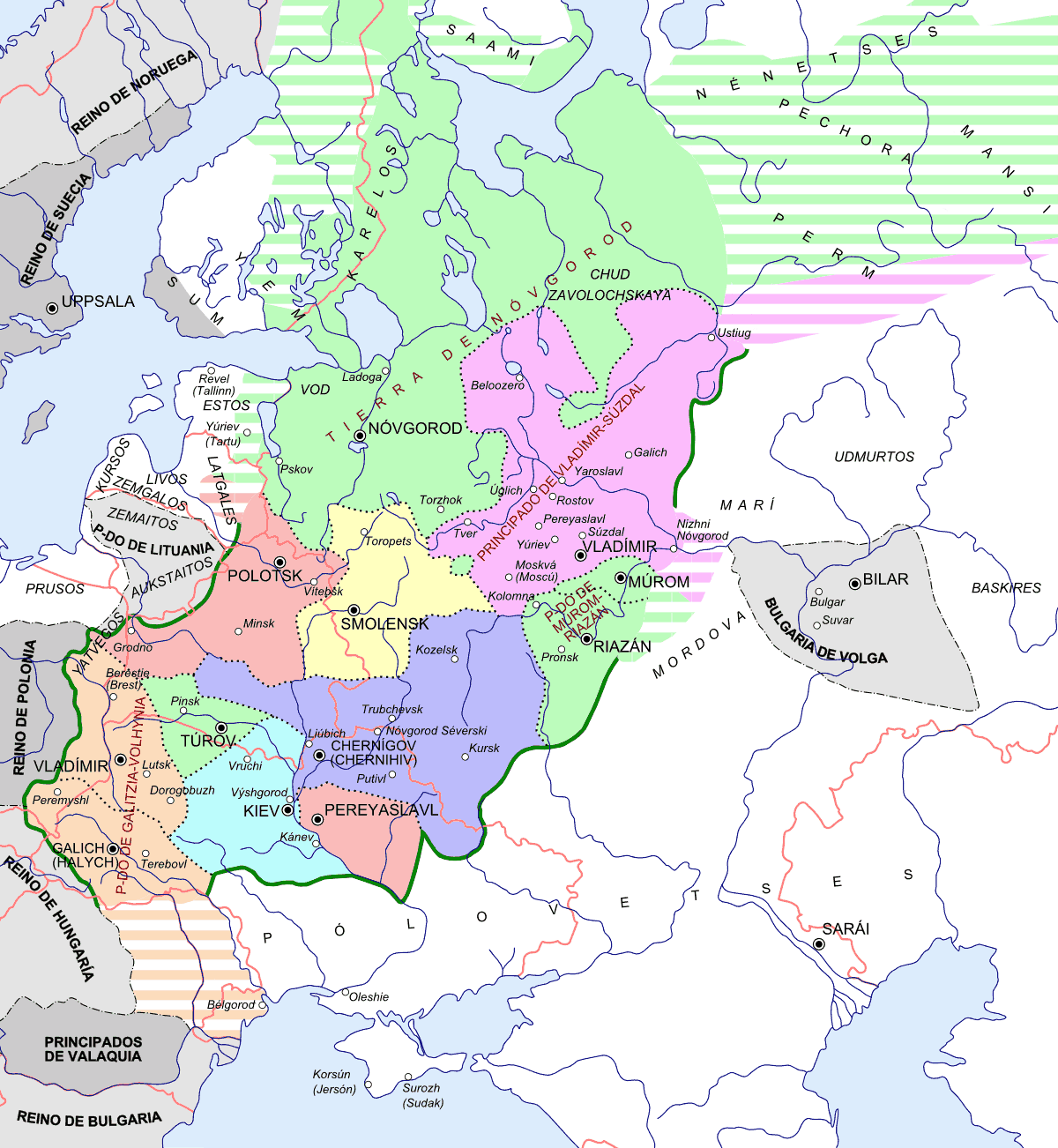Hello there!
Well, we want to make the Russian factions of Kiev and Halych-Volhynia for the next version, but our access to Russian history is very limited, and the Russians are not used to translate their historiography, sadly enough. And I cannot read Russian.
So we need your help. Any information about lords, settlements, castles, towns, units, society, economy, etc, will be most welcome. Do not hesitate in posting a wall of text (but keep orthography a little polite, otherwise we won't understand it), but try to tell us your sources. It's easy to fall in the "I read somewhere" reasonment, this happens to me sometimes, only to discover later that I was actually wrong.
That's all for now. Do not despair if Cruger or I don't answer in some time. I don't know about Cruger, but I'm in the middle of a hell of a month, with exams, projects, thesis and diplodocus.
Thanks for helping. I like to think that now is when the fun begin. Sketches are made, discussions are thrown, blades are drawn and blood is spilled.
Take care!
Well, we want to make the Russian factions of Kiev and Halych-Volhynia for the next version, but our access to Russian history is very limited, and the Russians are not used to translate their historiography, sadly enough. And I cannot read Russian.
So we need your help. Any information about lords, settlements, castles, towns, units, society, economy, etc, will be most welcome. Do not hesitate in posting a wall of text (but keep orthography a little polite, otherwise we won't understand it), but try to tell us your sources. It's easy to fall in the "I read somewhere" reasonment, this happens to me sometimes, only to discover later that I was actually wrong.
That's all for now. Do not despair if Cruger or I don't answer in some time. I don't know about Cruger, but I'm in the middle of a hell of a month, with exams, projects, thesis and diplodocus.
Thanks for helping. I like to think that now is when the fun begin. Sketches are made, discussions are thrown, blades are drawn and blood is spilled.
Take care!















